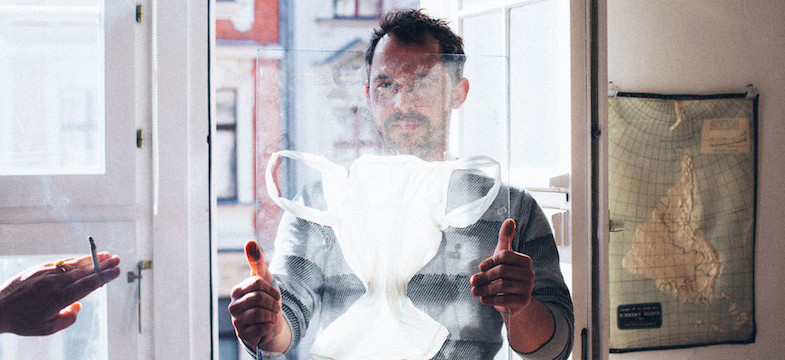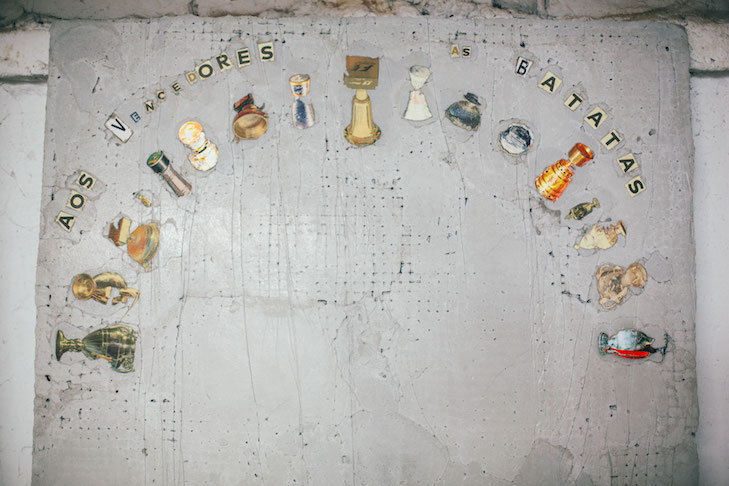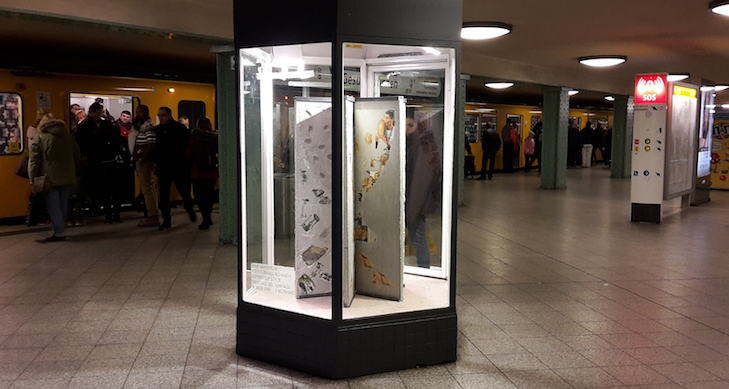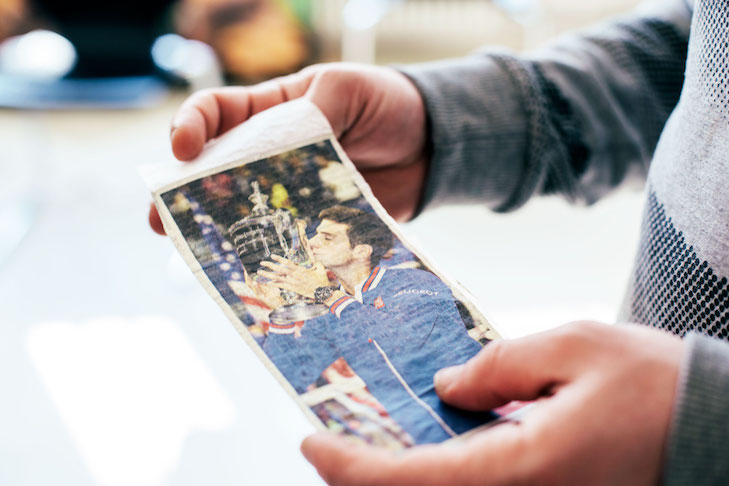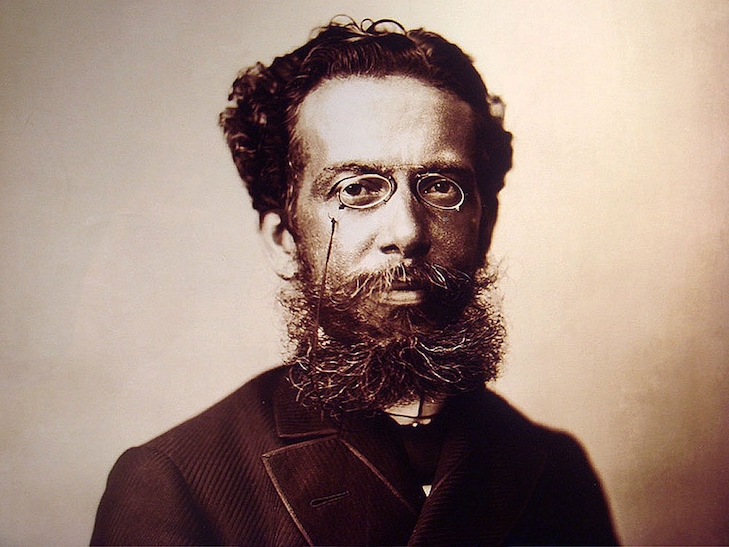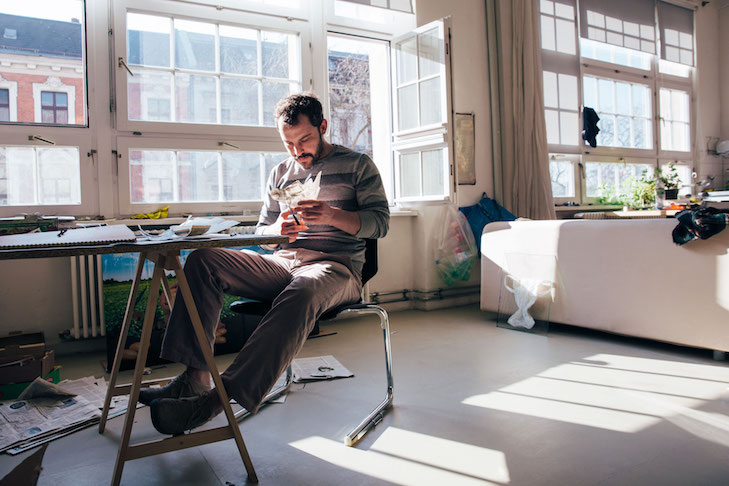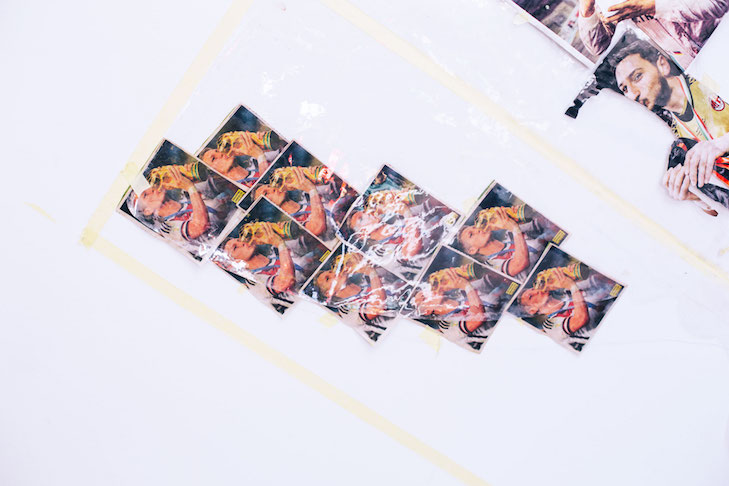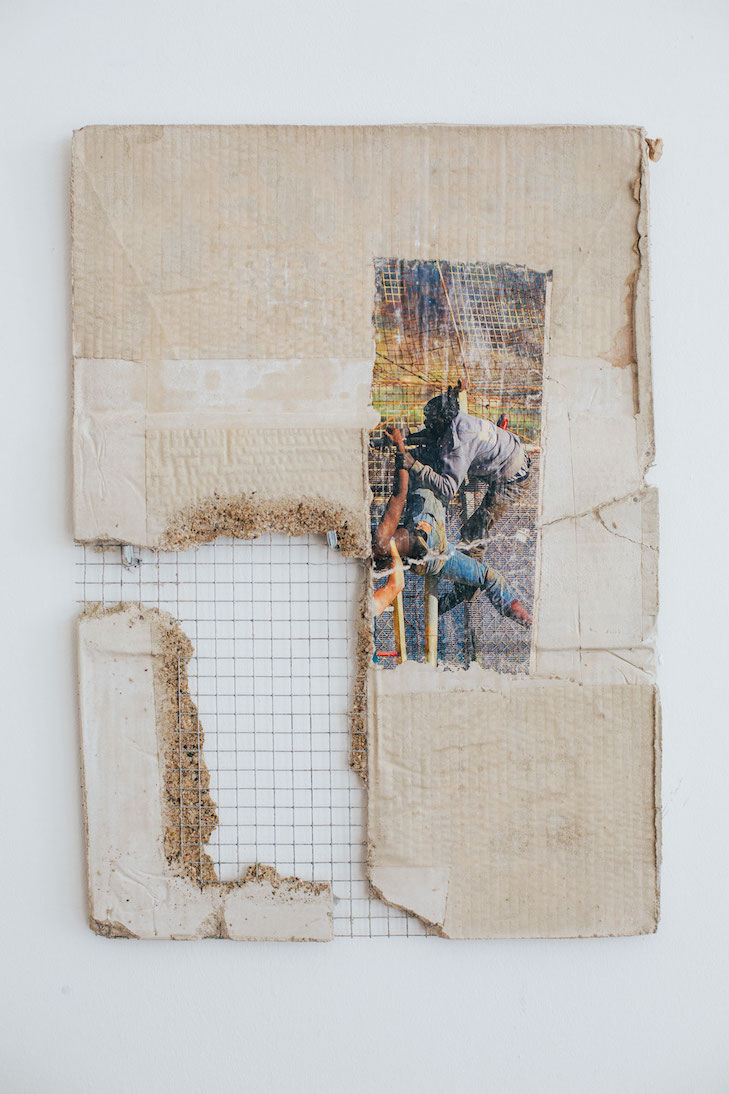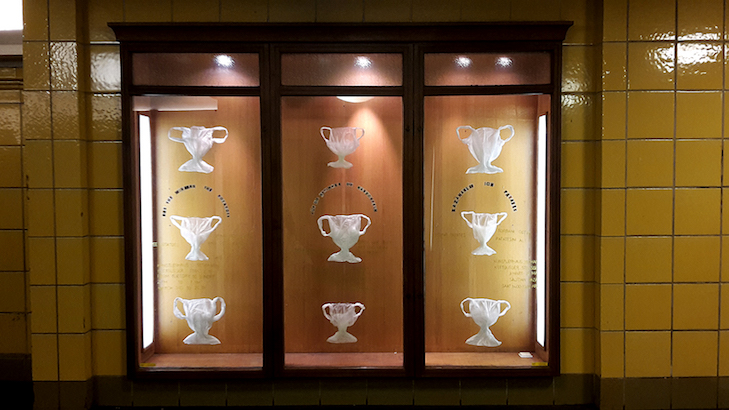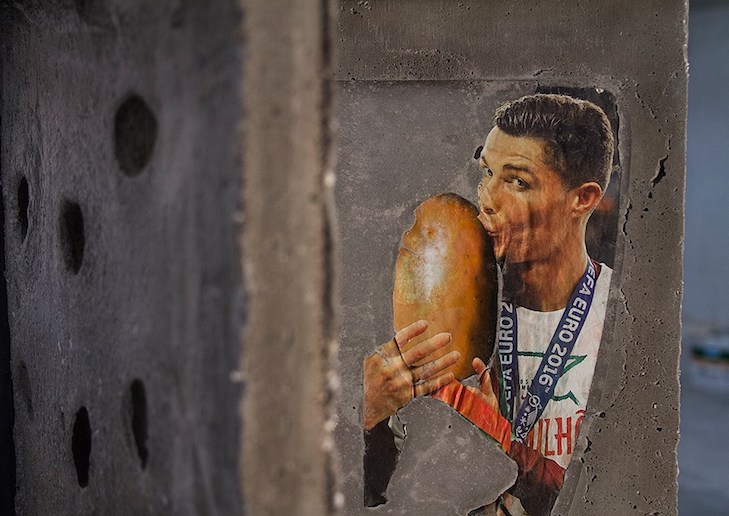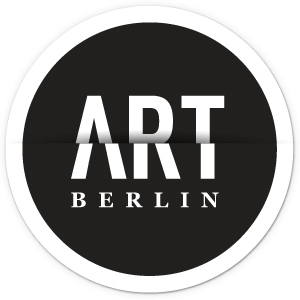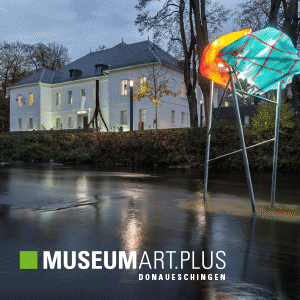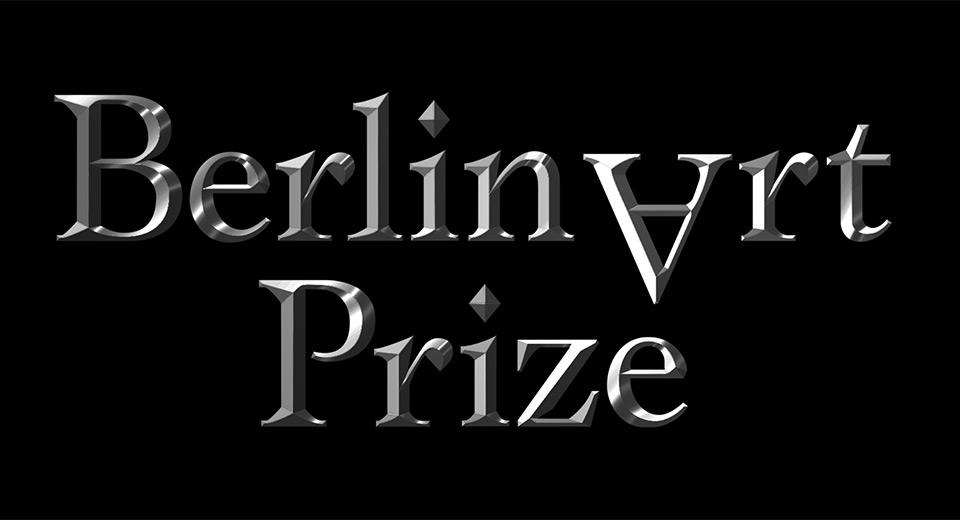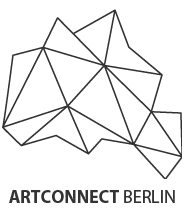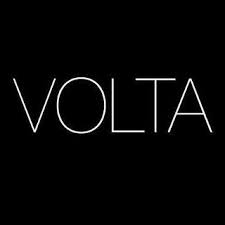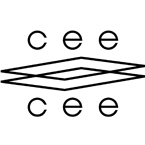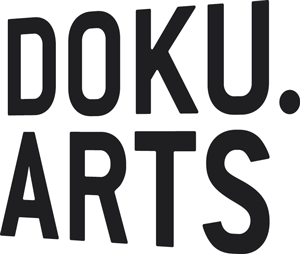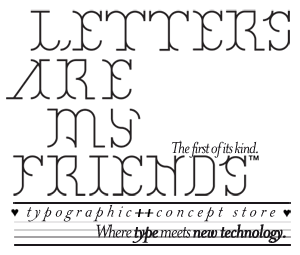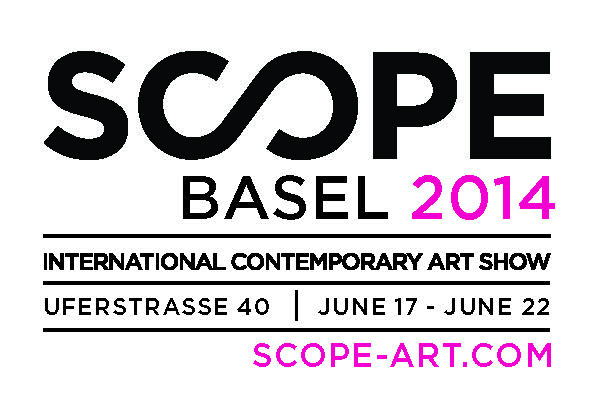The presentation of his current project during the OPEN STUDIOS at Künstlerhaus Bethanien, For the winners the potatoes, displays at first glance more of a funny side than a political one and marks the end of his participation with the International Studio Programme at Künstlerhaus Bethanien. Speaking to Matheus Rocha Pitta about how this idea developed, he explains that it mostly started with collecting images of athletes kissing trophies because he was just fascinated by it, so the whole thing came in a very light and easy way to him. This lightness can be found throughout and within the whole project.
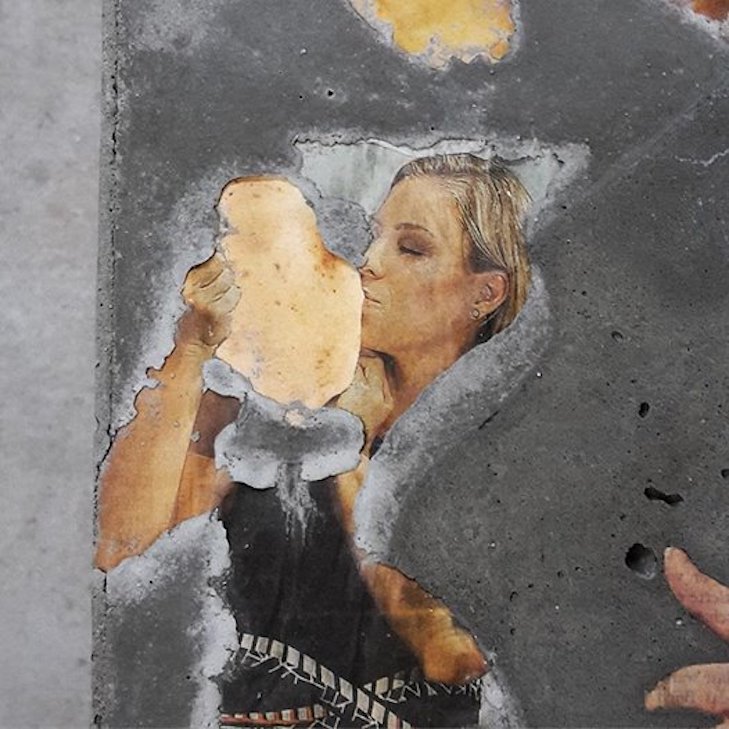
But it wouldn’t be Matheus Rocha Pitta if it weren’t for the extension into the public space, one of his signature gestures, just as his relational aesthetics, as there will be „trophies“ for every visitor to take home at the exhibition. His first work has the circular shape of – you guessed it – a trophy and will be displayed in one of the traditional window display vitrines at the underground stations of Gesundbrunnen and Hermannplatz. While we are looking at the installation he explains, that there is indeed a very strong connection between trophies and potatoes:
Both are monuments of war.
Potatoes originally came from Peru and were brought to Europe first by the Spanish invaders, who used them primarily to feed the army of their empire. The word „trophy“ itself has it’s origins in ancient Greece, where it often referred to arms, as well as to the human body parts of the conquered. Soon also architectural monuments like the „Arc de Triomphe“, or in Berlin the tellingly named „Siegessäule“ followed. It was only much later that trophies were awarded at sport events.
The expression „For the winner the potatoes“ comes from the Brazilian romance „Quincas Borba“ which was written in 1891 by the novelist Machado de Assis, widely regarded as the greatest writer of Brazilian literature. Looking at Matheus Rocha Pitta’s work it may not be recognizeable immediately, but the core of his body of work is the research he does.
I always had a deep relationship to historical research and art history.
He points out when asked about his quite unusual up bringing, coming from a family of artists.
Instead of comics we would have books about art or painting as my father was a painter.
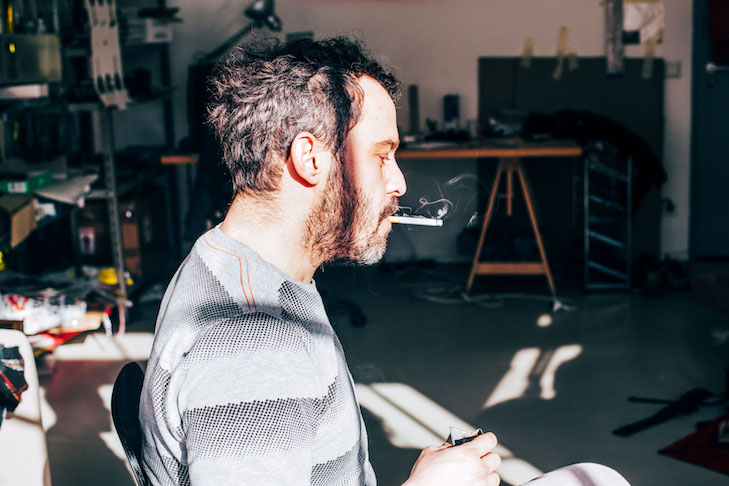
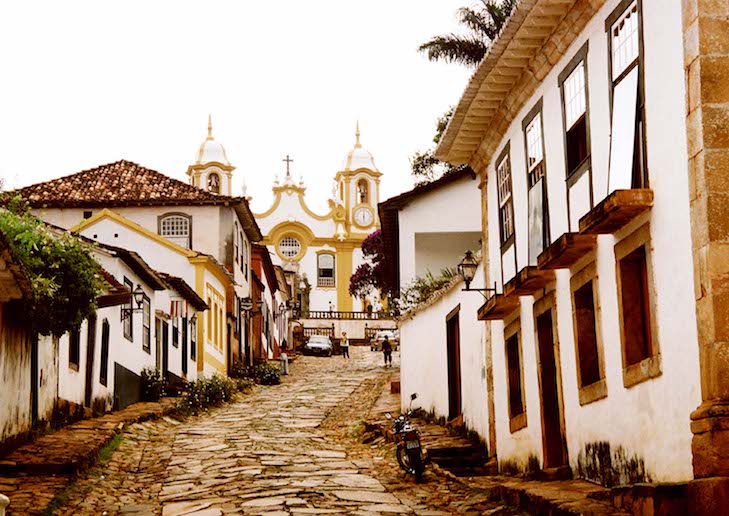
Matheus was born and brought up in Tiradente, in the state of Mina Gerais. The city is named after the national hero and freedom fighter „Tiradentes“, who was also born there and who fought the Portuguese colonial power. Founded in 1718 the town is a historical place with it’s old churches and cobblestone streets and largely lives off tourism today. It is a bit like living in an outdoor museum.
I only realized later the importance of spending my childhood in this historical place. I always had the very strong sense that something happened here, a strong feeling of heritage.
Examining the work of Matheus Rocha Pitta, we understand he is as much a policital artist as a storyteller, but also a realist. Politically speaking he feels more motivated in Brazil he says, much more like he has a mission there.
I don´t think art can change anything. I don’t think art is important for practical matters. Art is a way to make you sane, to make sense of things. There is something in art that is very escapist, or the the idea of political art, because usually you want to forget the reality, you want to change the subject. I hope also non- political artists become aware of that we have a common enemy.
His ability to extract, to apprehend and then to converse resembles a circular development, it can be described as a circuit of matter and images. He uses the puzzle pieces of the outside world by literally chopping them up, re-ensembling them (into concrete), giving them a new meaning, or maybe so we can let go of what we think it has to be.
His works are also a way of reframing the world or a particular story. It seems like he is laying a trail for the viewer which starts in the outer-, but leads into the inner world –an inherently circular process. The moment you take it seriously while encountering it and not see it as a mere distraction, a bridge is created.
So, by picking these two underground platforms and using these two old-fashioned window displays we all know (as is there someone who hasn’t passed them at least once and wondered who on earth is buying these clothes?), he plants his trophies right into the middle of an everyday route of countless berliners and tourists, an alluring twist. Above ground, both stations are points of intersection geographically (East/West Berlin), adding another layer of meaning, physically and metaphorically, to the project.
I am thinking again of the circle, about how he is bending time by taking this moment of victory, one moment in time, re-arranging it and transforming potatoes to trophies and it makes me think of an Irish proverb that goes:
It is easy to halve the potato where there is love.
Matheus Rocha Pitta is sharing his trophies with all of us, everyone can have one!
The image of Cristiano Ronaldo kissing the potato trophy is the outrageous cherry on top of the pie.
Matheus Rocha Pitta
For the winners the potatoes
March 3–26, 2017 | Opening: March 2, 7pm
Künstlerhaus Bethanien
Kottbusser Strasse 10
10999 Berlin
Germany
www.bethanien.de
www.kfw-stiftung.de
photo courtesy: Kathrin Leisch and the artist

